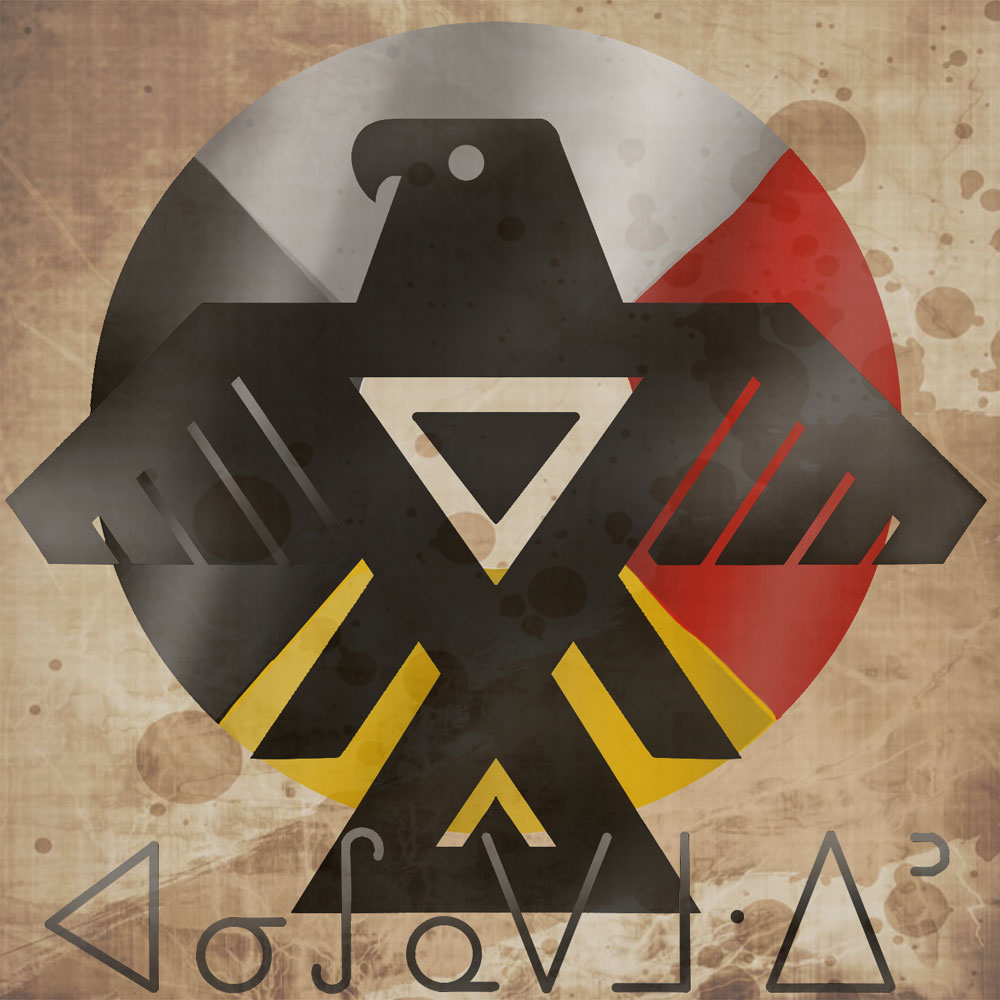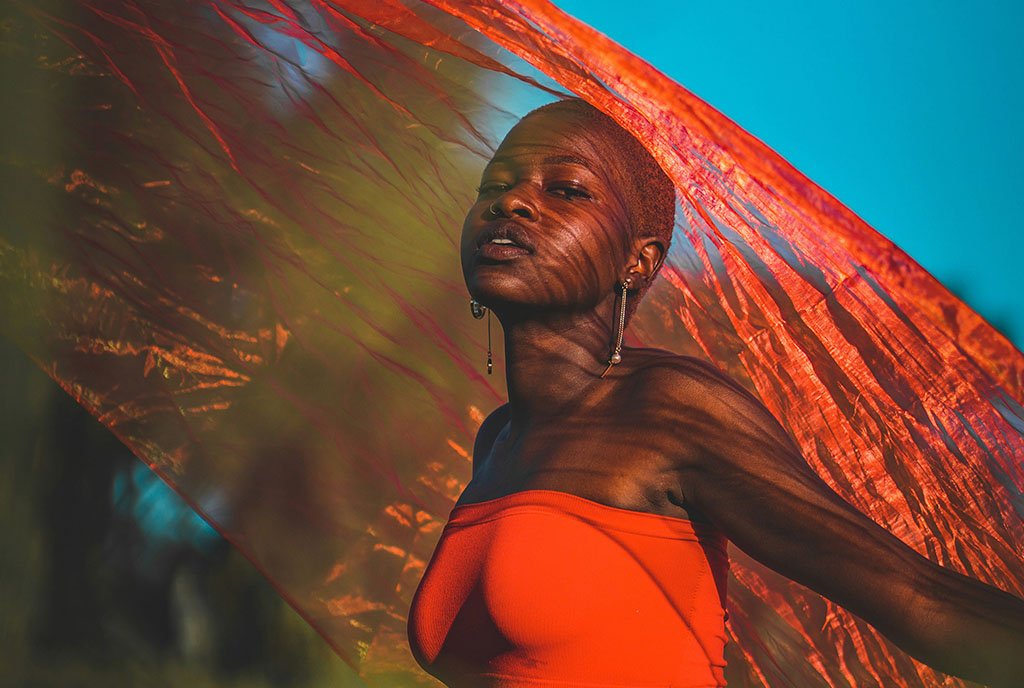
Governor Tim Walz (D-MN), as part of his overall education agenda aimed at promoting racial equity and closing learning gaps, has proposed a new initiative to boost education outcomes for Minnesota’s Indigenous population.
The Star Tribune reports that the two-year, $8.9 million initiative includes provisions for more culturally relevant pre-kindergarten for Native children, scholarships for Native American students working to become teachers, and a new program to “provide tribal relations training for school administrators.” The state is home to approximately 166,000 Native Americans, of whom about 50,000 are between the ages of five and 17. In sum, the initiative would spend a little less than $180 per Native American child.
The initiative is being led by Lieutenant Governor Peggy Flanagan, who is a member of the White Earth Band of Ojibwe and the first Native American to hold executive office in the state’s 162-year history. Flanagan says the new strategies also aim to present a more accurate depiction of Indigenous history. “Young people should know the background of where they live, whose land this is,” she contends. From streets to schools, Indigenous references abound in the state; even the name “Minnesota” has its origins in the Dakota phrase Mni Sota Makoce, which means “lands where the waters reflect the clouds.”
This effort is one small step toward addressing the systemic racism in education that continues to contribute to deep racial disparities. American Indian and Alaskan Native (AIAN) students have a 74 percent graduation rate, compared to a national average of 85 percent. Not helping matters is the lack of culturally relevant curricula. A 2018 New York Times article notes that “most schools that serve Native youths remain under the authority of states and municipalities, which have historically rejected tribal input and insisted on control over curriculum, funding, and staffing.”
The education of Indigenous youth is a sensitive topic in the US. In an interview with the Progressive, Indigenous scholar Roxanne Dunbar-Ortiz recalls how Indigenous children were forcibly removed and put into boarding schools. This federal removal policy, which lasted from 1880 to the 1960s, sought to destroy and eliminate Indigenous languages and cultures in order to assimilate their people into white culture and norms. Indigenous youth in boarding schools were beaten and punished for speaking in their home languages.
In Minnesota, there are 11 federally recognized American Indian nations, seven Anishinaabe and four Dakota. An episode of the National Public Radio program This American Life explores some of this history. John Biewin explains how he grew up in Southern Minnesota surrounded by important Indigenous history but never learned about what happened there until he got older. Southern Minnesota was the site of the US-Dakota War, a major conflict involving federal soldiers and members of the Ojibwe and Dakota people that took place during the Civil War. (A curriculum authored by George Dalbo of the Center for Holocaust and Genocide Studies at the University of Minnesota that was published in 2019 is available here.)
Sign up for our free newsletters
Subscribe to NPQ's newsletters to have our top stories delivered directly to your inbox.
By signing up, you agree to our privacy policy and terms of use, and to receive messages from NPQ and our partners.
Biewen also later learned how his hometown of Mankato was the site of the largest mass execution in American history. During the war, factions of Dakota warriors fought back and killed settlers who continued to break treaties and perpetrate violence against their people. Eventually, the US government offered a truce in exchange for the promise that only Dakota warriors who killed settlers would be punished. The men who turned themselves in were sent to Mankato for trial.
Over 400 Dakota men were tried in just a few weeks. They were not allowed to have lawyers or call witnesses. Soldiers who had only recently fought against the Dakota were appointed to decide verdicts and issue death sentences. Ultimately, 303 Dakota men were condemned to death by this system. Lincoln ultimately approved 38 of those sentences. On December 26, 1862, these 38 Dakota men were hanged in Mankato. Biewen explains that more than 4,000 people came from all over to watch the mass hanging.
The Star Tribune reports that tribes like the Shakopee Mdewakanton Sioux Community have undertaken their own efforts to combat the erasure of Native history, launching a campaign, Understand Native Minnesota, aimed at educating Minnesotans about the state’s tribal nations, history, governments, and culture. Rebecca Crooks-Stratton of the Shakopee Sioux argues that the erasure of their history has led to the invisibility of Indigenous people in modern culture. Teaching Indigenous history to the broader public can help make their communities and issues more visible, as well as shed some light on how we got to where we are today.
There is also broad recognition in Indigenous communities that revitalizing their native languages is an essential component of restoring cultures and combating injustice. Organizations like the Menominee Language Institute in Wisconsin have a vision to make the Menominee language the first official language of the Menominee reservation.
In his TEDx Talk, Institute founder Ron Corn Jr., one of fewer than 20 fluent Menominee speakers, discusses the importance of language to the Menominee people. Corn quotes what an elder told him in the course of teaching him the Menominee language: “Language is the soul of your tribe. When the language is gone, all you have left is an empty shell. By learning my language, I am the soul of my tribe.”
Indigenous communities across the country are continuing to mobilize after the highly publicized resistance at Standing Rock. Movements for racial justice are recognizing that Indigenous communities must always be a part of their movements and conversations. It is an encouraging step that Indigenous leaders are finally showing up in leadership positions, as Deb Haaland will likely earn confirmation to lead the Department of the Interior.—Benjamin Martinez












